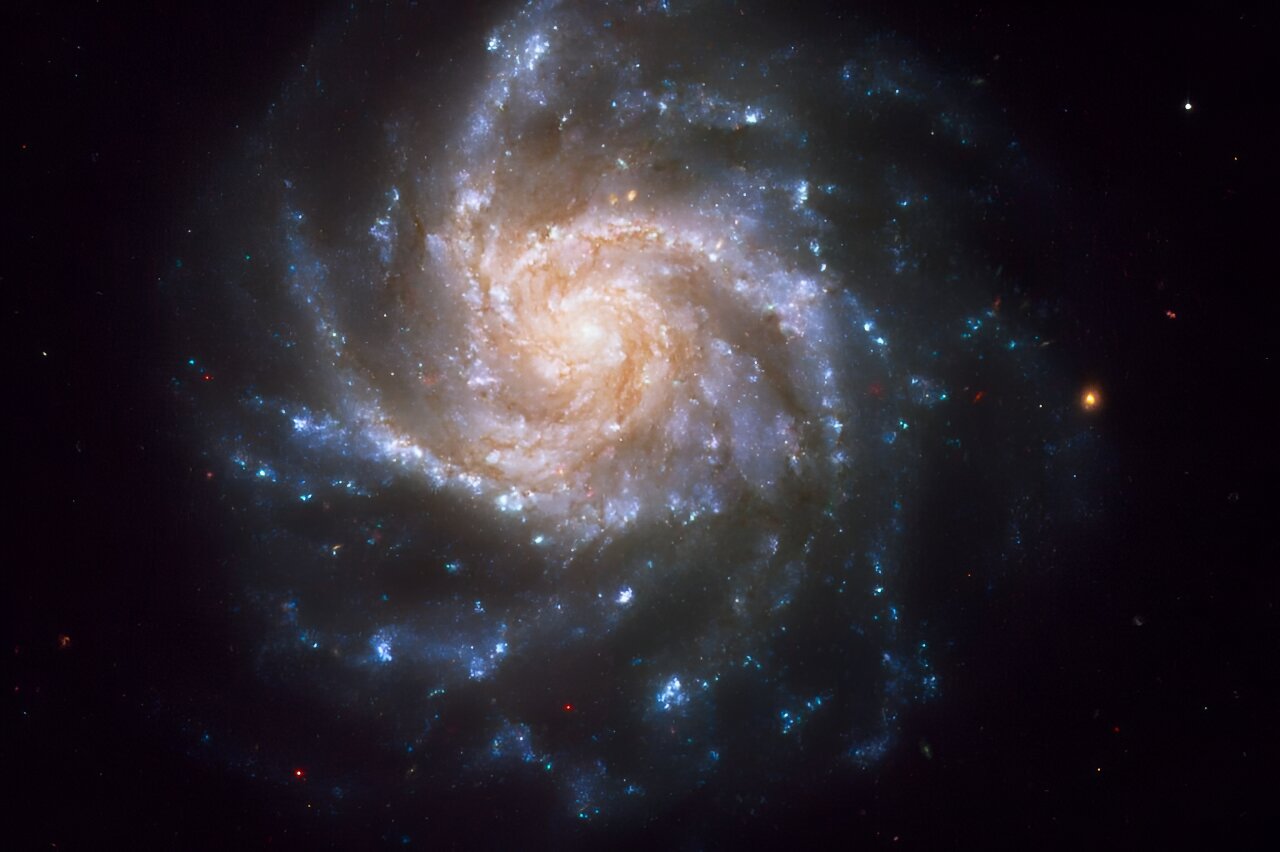With the help of the most advanced instruments, it was discovered that the early universe was filled with spiral galaxies. This changes our understanding of the evolution of everything around us.

Spiral galaxies
In astronomy, the opinion has gained ground that spiral star systems form only when smaller galaxies collide and merge over time. At least this was previously thought, but a new study by scientists proves that this is not the case.
The standard model of galaxies is that they evolve over time. Star systems formed from huge clouds of primordial hydrogen and helium, and therefore probably had a rather amorphous structure in the beginning. Given the density of the early universe, galactic collisions and mergers were common phenomena that gave such objects rotation and caused them to form disks and spirals.
New research
The new work by scientists used data from the Cosmic Evolution Early Release Science Survey (CEERS), which was collected by the James Webb Space Telescope. The team identified 873 galaxies with masses exceeding 10 billion solar masses and a redshift between z = 0.5 and z = 4. The age of star systems with such a redshift ranges from 5 to 12 billion years, so they cover the range from early star systems to modern ones.
In this sample, 216 stellar objects were classified as spiral. When the team sorted them by redshift, they found that although the proportion of similar stellar objects decreased as they went deeper into the past of the universe, their proportion with a redshift above z = 3 was much higher than expected.
When the team calibrated the observations, they found that about a fifth of the galaxies at z = 3 were spiral star systems. These very early objects in the universe were supposed to spiral less than two billion years after the Big Bang, meaning there was little time for fusion and collision.
In other words, although collisions and mergers play a role in the formation of spiral galaxies, there are probably other factors that influence this process. It is not yet clear what these factors are. With the help of future data, the James Webb Telescope team hopes to determine exactly how these early objects of the universe evolve.
According to phys.org
Follow us on Twitter to get the most interesting space news in time
https://twitter.com/ust_magazine


